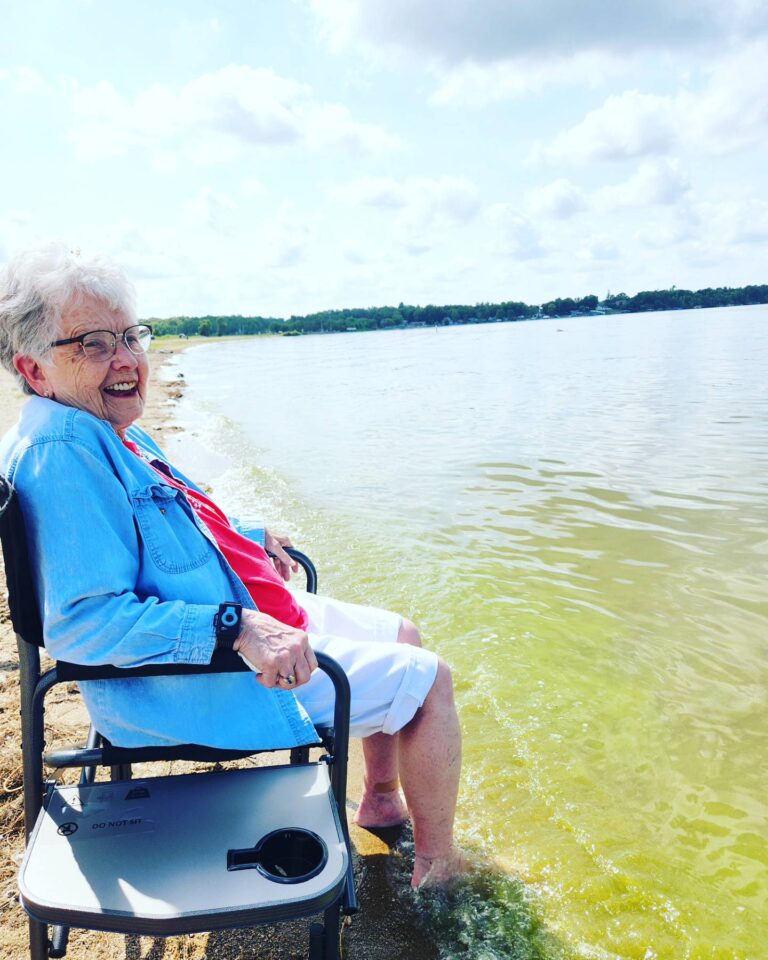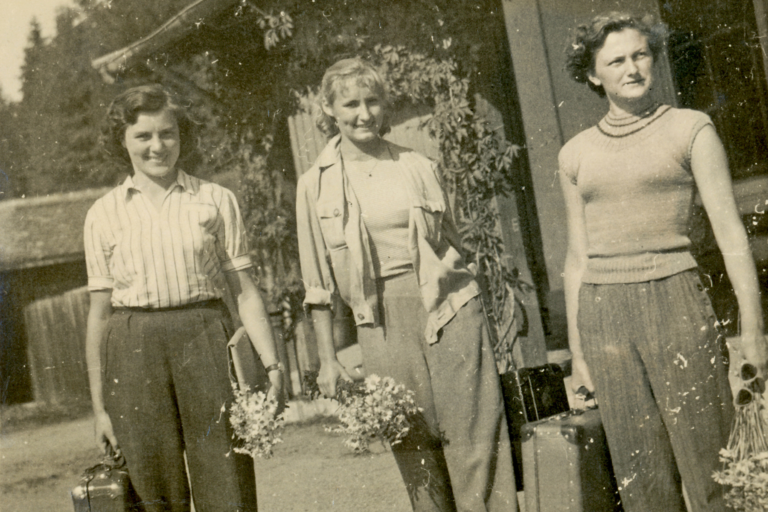
According to a statistical analysis from the Center for Disease Control titled National Diabetes Report 2017, in 2015, the number of people over 65 years old in the United States living with diabetes totaled 12 million. This demographic represented over 25 percent of the overall count of individuals with the condition in the country.
Diabetes is a challenging thing to combat for anyone living with the condition. However, it can present an even greater difficulty for individuals residing in or planning to move to an assisted living community.
Symptoms and treatment options of type 1 and type 2 diabetes vary significantly from person to person. Because of this, senior living spaces must offer various options to help residents maintain their health, regardless of their conditions.
Find Senior Living Near Me
Current and prospective residents of assisted living communities and their families should be aware of the steps to prevent health deterioration from diabetes.
Diabetes Won’t Keep seniors from Living Comfortably in Assisted Living Communities
Caring for residents with diabetes in senior communities can be a complex task because of the wide variety of living options and care that exist between communities.
Family members can also pose a separate, accidental challenge if their knowledge of the disease is limited and they have unrealistic expectations of how it should be cared for. This, however, can be combated through clear communication of treatment plans between medical staff, residents, and their families.
According to the American Diabetes Society, one common misconception surrounding diabetes concerns diet: people with diabetes must avoid glucose and high-calorie intakes and stick to what is known as a “therapeutic,” or, in other words, controlled, diet. Growing studies show that residents following strict eating habits often do not receive proper nourishment. A more liberal diet can better nourish residents and control glycerin levels.
As a result, many assisted living communities no longer offer therapeutic meal plans or have adjusted their menus to provide more variety. This gives residents more control over their diets and increases quality of life.
Exercise is another important part of mitigating diabetes. Some seniors avoid physical activity due to fear of falling, frailty, and lack of supervision. However, in diabetic residents especially, community members should encourage seniors to be active according to their allowable level of mobility. This can improve health, foster greater independence, and increase maneuverability.
Making the transition from home or a hospital to an assisted living community also presents its own set of challenges for seniors with diabetes. Changing healthcare providers can put people with diabetes at risk of experiencing complications if there is no communication between inpatient and outpatient caregivers. Discussing topics like resident comorbidities, what medications and dosages are being taken, and the resident’s medical literacy should occur quickly between all concerned parties; maximum transfer of information can mean maximum opportunities for proper health maintenance.
For seniors living with diabetes, moving to an assisted living community does not mean the disease will detract from their independence or happiness. With the proper knowledge, a willingness to maintain one’s health, and open lines of communication with medical staff, the disease can be managed effectively, and residents can continue to live healthy lives. It should also be noted that assisted living communities provide key management and administration training so residents who need help with scheduling or taking diabetes medications have the staff support to lean on.




